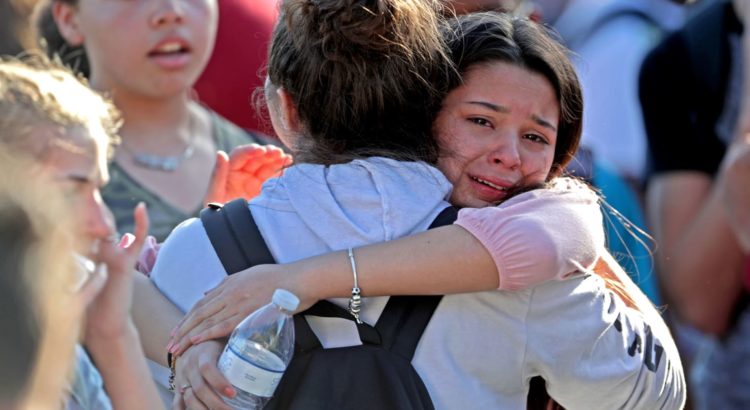Por: Kim Cassidy
Worldwide, we have seen a trend towards increasing investment in traditional higher education, including and especially liberal arts programs like philosophy, economics, mathematics, biology and chemistry. But in the U.S., we’re questioning not just the dollars-and-cents value of a four-year degree but the developmental, intellectual and societal value.
The tax bill passed in December placed a 1.4% excise tax burden on the investment income of select private colleges, which will reduce funds available for scholarships, academics and facilities. And the overhaul of the Higher Education Act (PROSPER Act) currently making its way through Congress notably increases funding and access to short-term, vocational programs and at the same time cuts $15 billion in federal student aid for college students over the next decade.
While students should have the option to gain the immediate skills they need through vocational programs, the long-term benefits of higher education cannot be pushed aside. Since the end of the Great Recession,college graduates have captured most of the new jobs and pay gains. But the benefits of a college education are not just economic: they’re also neurological.
As a college president and professor of psychology, I am attuned to educational outcomes. I have seen how a college education exposes students to new modes of thinking, pushes them to challenge received ideas, teaches them to make evidence-based arguments and asks them to integrate different kinds and levels of information to solve complex problems (popularly known as systems thinking). I have watched students grow exponentially and become fundamentally different thinkers and learners.
Recent work on adolescent brain development, especially that of neurologist Frances Jensen and psychologist Laurence Steinberg, supports what I have seen myself – that a college education not only imparts information and skills to students, but may change the very structure of their brains.
Using various forms of imaging to study brain function, researchers find that in adolescence (the period between ages 10 and 25) the brain has an increased capacity to build new neurons and new and stronger connections among neurons, contributing to the development of higher-level thinking capabilities such as planning and abstract thinking. In this period, learning is faster and the capacity for new ways of thinking is enhanced. Neuroscientists call this potential for change “plasticity.”
In other words, plasticity creates a heightened ability to benefit from increased intellectual engagement, problem solving, and exposure to novel concepts and skills – exactly like those taught and experienced in college. Failing to maintain exposure to new challenges will ultimately fail to build or expand brain matter in the same way.
*Fuente: https://www.forbes.com/sites/kimcassidy/2018/05/29/congress-needs-to-follow-the-research-and-prioritize-higher-education/#52c0c5ec5d42










 Users Today : 98
Users Today : 98 Total Users : 35460115
Total Users : 35460115 Views Today : 122
Views Today : 122 Total views : 3418753
Total views : 3418753